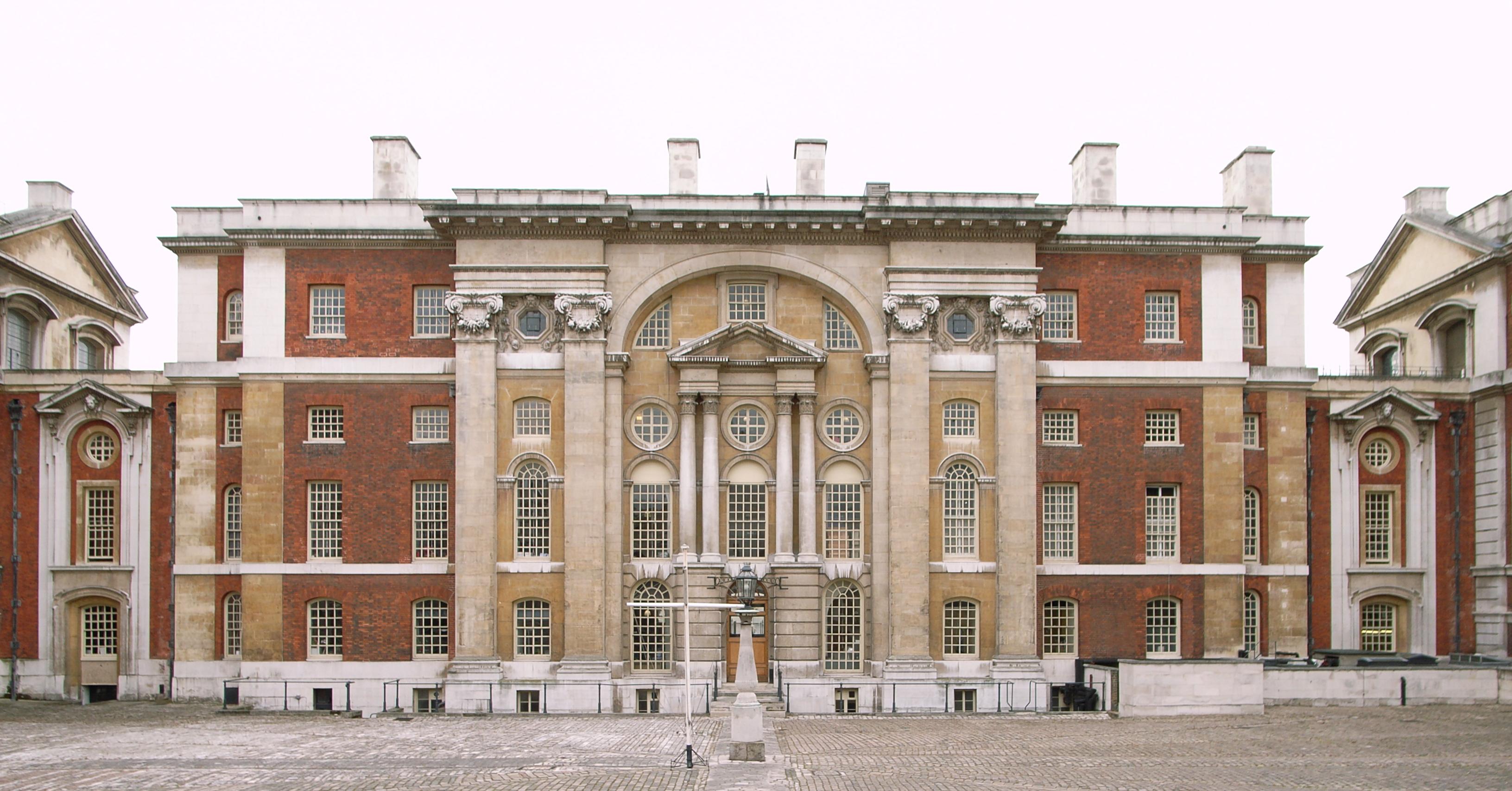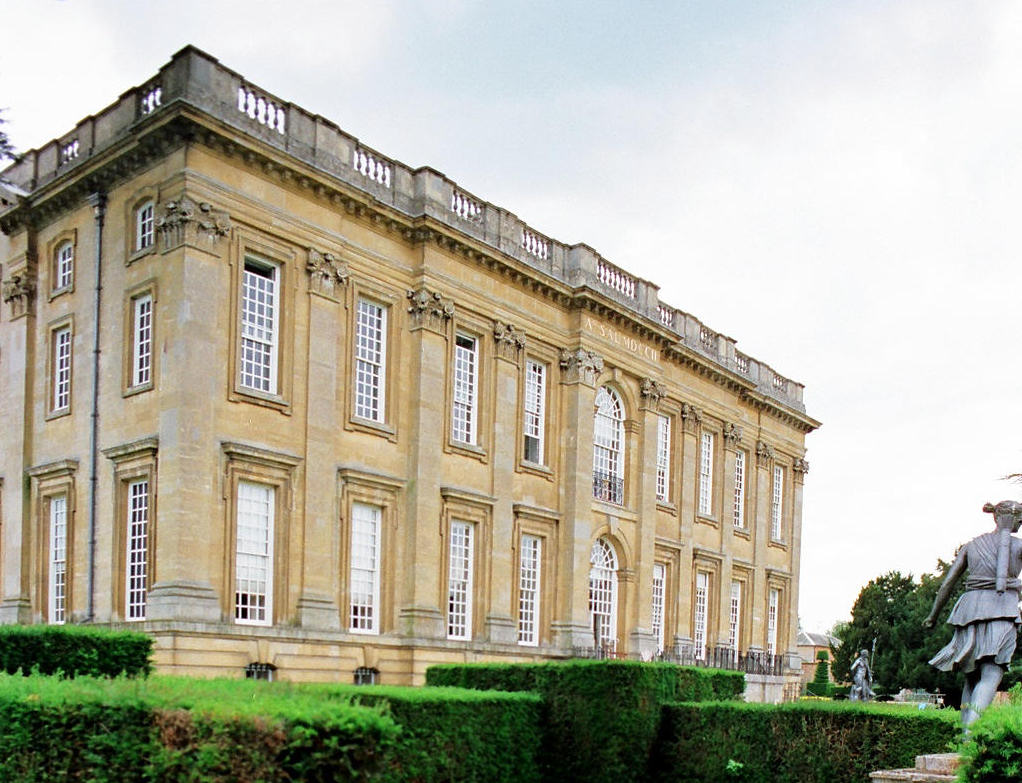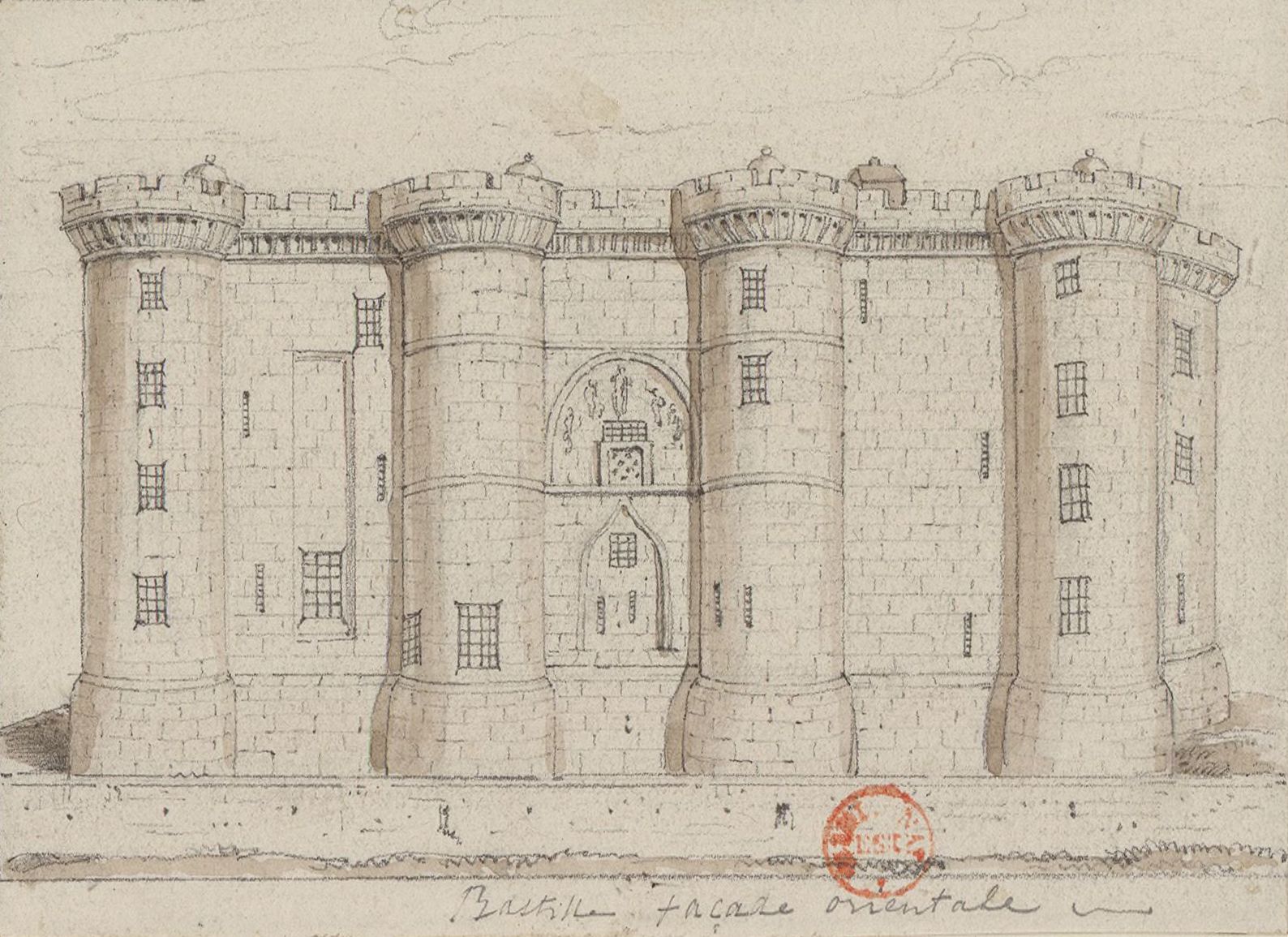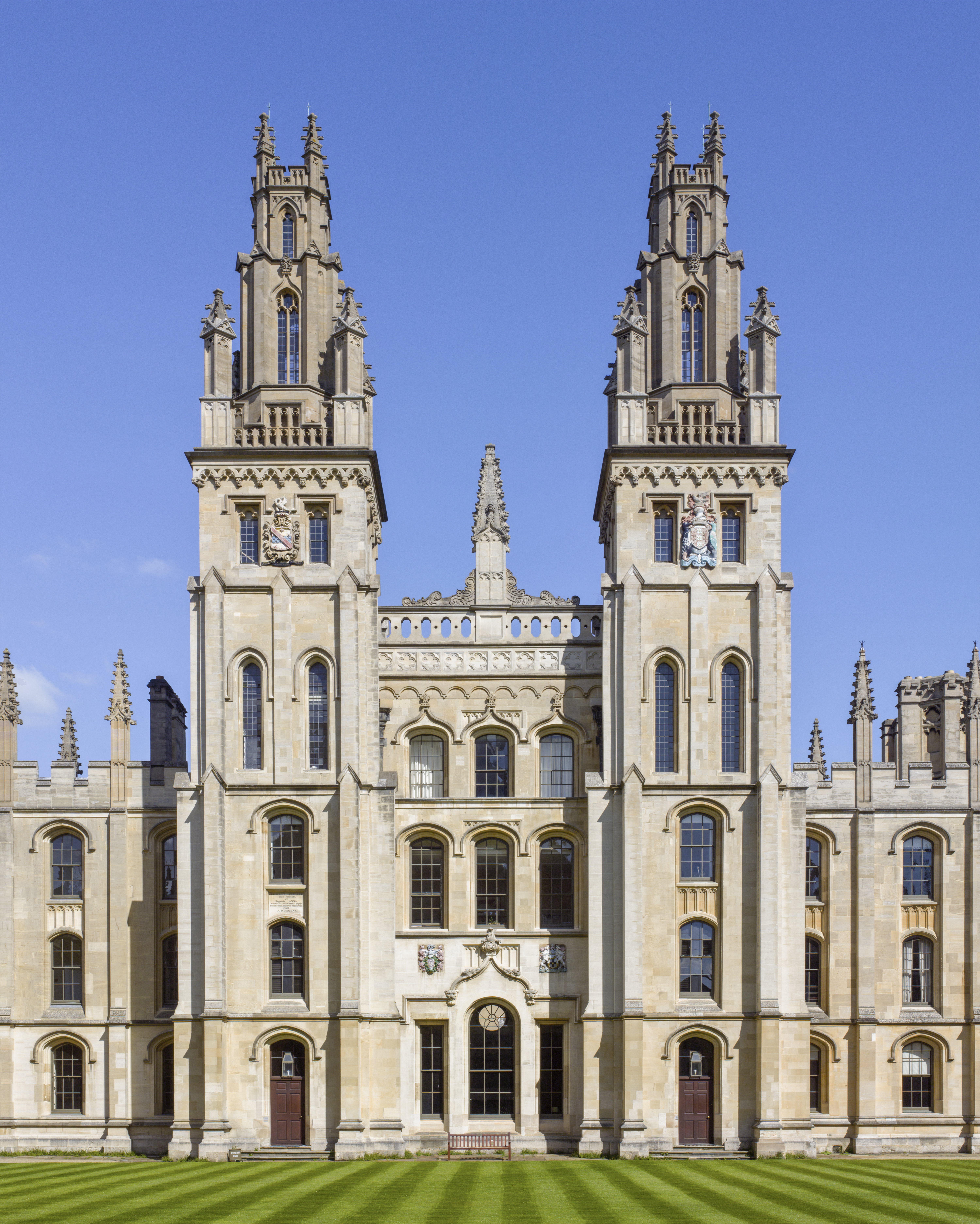|
Hawksmoor
Nicholas Hawksmoor (probably 1661 – 25 March 1736) was an English architect. He was a leading figure of the English Baroque style of architecture in the late-seventeenth and early-eighteenth centuries. Hawksmoor worked alongside the principal architects of the time, Christopher Wren and John Vanbrugh, and contributed to the design of some of the most notable buildings of the period, including St Paul's Cathedral, Wren's City of London churches, Greenwich Hospital, Blenheim Palace and Castle Howard. Part of his work has been correctly attributed to him only relatively recently, and his influence has reached several poets and authors of the twentieth century. Life Hawksmoor was born in Nottinghamshire in 1661, into a yeoman farming family, almost certainly in East Drayton or Ragnall, Nottinghamshire. On his death he was to leave property at nearby Ragnall, Dunham and a house and land at Great Drayton. It is not known where he received his schooling, but it was probab ... [...More Info...] [...Related Items...] OR: [Wikipedia] [Google] [Baidu] |
Easton Neston House
Easton Neston is a large Listed building, grade I listed country house in the parish of Easton Neston (parish), Easton Neston near Towcester in Northamptonshire, England. It was built by William Fermor, 1st Baron Leominster (1648–1711), in the English Baroque, Baroque style to the design of the architect Nicholas Hawksmoor. Easton Neston is thought to be the only mansion which was solely the work of Hawksmoor. From about 1700, after the completion of Easton Neston, Hawksmoor worked with Sir John Vanbrugh on many buildings, including Castle Howard and Blenheim Palace, and often provided technical knowledge to the less qualified Vanbrugh. Hawksmoor's work was always more classically severe than Vanbrugh's. However, Easton Neston predates this partnership by some six years. Architect Hawksmoor was commissioned to re-build the old manor house at Easton Neston by Sir William Fermor, 1st Baron Leominster, William Fermor, later created Baron Leominster, who had inherited the estate ... [...More Info...] [...Related Items...] OR: [Wikipedia] [Google] [Baidu] |
St Mary Woolnoth
St Mary Woolnoth is an Anglican church in the City of London, located on the corner of Lombard Street and King William Street near Bank junction. The present building is one of the Queen Anne Churches, designed by Nicholas Hawksmoor. The parish church continues to be actively used for services, with Holy Communion every Tuesday. St Mary Woolnoth lies in the ward of Langbourn. History Early history Roman remains were found under the site during the rebuilding by Hawksmoor, and there is speculation that there was a large Roman building in the immediate vicinity. (see https://historicengland.org.uk/listing/the-list/list-entry/1064620). This has led some to believe that the site has been used for worship for at least 2,000 years. This is based on the guess that the Roman remains were of a religious nature, and 'under the remains of an Anglo-Saxon wooden structure'. However, its name is first recorded in 1191 as ''Wilnotmaricherche''. It is believed that the name "Woolnoth" re ... [...More Info...] [...Related Items...] OR: [Wikipedia] [Google] [Baidu] |
Christ Church, Spitalfields
Christ Church Spitalfields is an Anglican church built between 1714 and 1729 to a design by Nicholas Hawksmoor. On Commercial Street in the East End and in today's Central London it is in the London Borough of Tower Hamlets, on its western border facing the City of London, it was one of the first (and arguably one of the finest) of the so-called "Commissioners' Churches" built for the Commission for Building Fifty New Churches, which had been established by an Act of Parliament in 1711. The purpose of the Commission was to acquire sites and build fifty new churches to serve London's new settlements. This parish was carved out of the circa medieval Stepney parish for an area then dominated by Huguenots (French Protestants and other 'dissenters' who owed no allegiance to the Church of England and thus to the King) as a show of Anglican authority. Some Huguenots used it for baptisms, marriages and burials but not for everyday worship, preferring their own chapels (their chapel ... [...More Info...] [...Related Items...] OR: [Wikipedia] [Google] [Baidu] |
John Vanbrugh
Sir John Vanbrugh (; 24 January 1664 (baptised) – 26 March 1726) was an English architect, dramatist and herald, perhaps best known as the designer of Blenheim Palace and Castle Howard. He wrote two argumentative and outspoken Restoration comedies, '' The Relapse'' (1696) and '' The Provoked Wife'' (1697), which have become enduring stage favourites but originally occasioned much controversy. He was knighted in 1714.Robert Chambers, Book of Days Vanbrugh was in many senses a radical throughout his life. As a young man and a committed Whig, he was part of the scheme to overthrow James II and put William III on the throne. He was imprisoned by the French as a political prisoner. In his career as a playwright, he offended many sections of Restoration and 18th century society, not only by the sexual explicitness of his plays, but also by their messages in defence of women's rights in marriage. He was attacked on both counts, and was one of the prime targets of Jeremy ... [...More Info...] [...Related Items...] OR: [Wikipedia] [Google] [Baidu] |
Blenheim Palace
Blenheim Palace (pronounced ) is a country house in Woodstock, Oxfordshire, England. It is the seat of the Dukes of Marlborough and the only non-royal, non-episcopal country house in England to hold the title of palace. The palace, one of England's largest houses, was built between 1705 and 1722, and designated a UNESCO World Heritage Site in 1987. The palace is named after the 1704 Battle of Blenheim. It was originally intended to be a reward to John Churchill, 1st Duke of Marlborough for his military triumphs against the French and Bavarians in the War of the Spanish Succession, culminating in the Battle of Blenheim. The land was given as a gift, and construction began in 1705, with some financial support from Queen Anne. The project soon became the subject of political infighting, with the Crown cancelling further financial support in 1712, Marlborough's three-year voluntary exile to the Continent, the fall from influence of his duchess, and lasting damage to the re ... [...More Info...] [...Related Items...] OR: [Wikipedia] [Google] [Baidu] |
Castle Howard
Castle Howard is a stately home in North Yorkshire, England, within the civil parish of Henderskelfe, located north of York. It is a private residence and has been the home of the Carlisle branch of the Howard family for more than 300 years. Castle Howard is not a fortified structure, but the term "castle" is sometimes used in the name of an English country house that was built on the site of a former castle. The house is familiar to television and film audiences as the fictional "Brideshead", both in Granada Television's 1981 adaptation of Evelyn Waugh's '' Brideshead Revisited'' and in a two-hour 2008 adaptation for cinema. Today, it is part of the Treasure Houses of England group of heritage houses. History In 1577, the 4th Duke of Norfolk's third son, Lord William Howard, married his step-sister Elizabeth Dacre, youngest daughter of the 4th Baron Dacre. She brought with her the sizable estates of Henderskelfe in Yorkshire and Naworth Castle in what was then Cumber ... [...More Info...] [...Related Items...] OR: [Wikipedia] [Google] [Baidu] |
St George's, Bloomsbury
St George's, Bloomsbury, is a parish church in Bloomsbury, London Borough of Camden, United Kingdom. It was designed by Nicholas Hawksmoor and consecrated in 1730. The church crypt houses the Museum of Comedy. History The Commissioners for the Fifty New Churches Act of 1711 realised that, due to rapid development in the Bloomsbury area during the latter part of the 17th and early part of the 18th centuries, the area (then part of the parish of St Giles in the Fields) needed to be split off and given a parish church of its own. They appointed Nicholas Hawksmoor, a pupil and former assistant of Sir Christopher Wren, to design and build this church, which he then did between 1716 and 1731. This was the sixth and last of his London churches. St George's was consecrated on 28 January 1730 by Edmund Gibson, Bishop of London. Its construction—which cost £31,000—was completed in 1731. The Victorian novelist Anthony Trollope was baptised at the church in 1824. The wedding of F. B. ... [...More Info...] [...Related Items...] OR: [Wikipedia] [Google] [Baidu] |
St Alfege Church, Greenwich
St Alfege Church is an Anglican church in the centre of Greenwich, part of the Royal Borough of Greenwich in London. It is of medieval origin and was rebuilt in 1712–1714 to the designs of Nicholas Hawksmoor. Early history The church is dedicated to Alfege (also spelt "Alphege"), Archbishop of Canterbury, and reputedly marks the place where he was martyred on 19 April 1012, having been taken prisoner during the sack of Canterbury by Danish raiders the previous year. The Danes took him to their camp at Greenwich and killed him when the large ransom they demanded was not forthcoming. Accessed 5 July 2017 The church was rebuilt in around 1290, and Henry VIII was baptized there in 1491. The patronage of the church was given to the abbey at Ghent during the 13th century. Following the suppression of alien priories under Henry V, it was granted to the priory at Sheen with which it remained until transferred to the Crown by exchange under Henry VIII in 1530. During a sto ... [...More Info...] [...Related Items...] OR: [Wikipedia] [Google] [Baidu] |
St George In The East
St George-in-the-East is an Anglican Church dedicated to Saint George and one of six Hawksmoor churches in London, England. It was built from 1714 to 1729, with funding from the 1711 Act of Parliament. Its name has been used for two forms of parish (areas of land) surrounding, one ecclesiastical which remains and one a Civil counterpart, a third tier of local government. The latter assisted public facilities in the late 19th century but ceded its dwindling purposes to the Metropolitan Borough of Stepney so was abolished in 1927. The church was designated a Grade I listed building in 1950. In the 1850s, Archibald Campbell Tait, then Bishop of London, appointed a Low Church lecturer, which was contrary to the High Church attitude of the rector and curate. As a protest, there were catcalls and horn blowing, and some male members of the congregation went into the church smoking their pipes, keeping their hats on, and leading barking dogs. Refuse was thrown onto the altar. The c ... [...More Info...] [...Related Items...] OR: [Wikipedia] [Google] [Baidu] |
St Anne's Limehouse
St Anne's Limehouse is a Hawksmoor Anglican Church in Limehouse, in the London Borough of Tower Hamlets. It was consecrated in 1730, one of the twelve churches built through the 1711 Act of Parliament. History St Anne's Limehouse was formed from part of the parish of St Dunstan's, Stepney, prior to the 18th century a large (but then thinly populated) East London parish that extended all the way down to the Thames River. As the population of London increased, growing parishes were subdivided. In 1709 a new parish in Limehouse was formed from part of the parish of St. Dunstan. The church may have been named for Queen Anne as she raised money for it by taxing coal passing along the River Thames. The building was designed by Nicholas Hawksmoor, as one of twelve churches built to serve the needs of the rapidly expanding population of London in the 18th century. The scheme never approached its ambitious target of 50 churches, but those built were also known as the Queen Anne Churc ... [...More Info...] [...Related Items...] OR: [Wikipedia] [Google] [Baidu] |
All Souls College, Oxford
All Souls College (official name: College of the Souls of All the Faithful Departed) is a constituent college of the University of Oxford in England. Unique to All Souls, all of its members automatically become fellows (i.e., full members of the college's governing body). It has no undergraduate members, but each year, recent graduate and postgraduate students at Oxford are eligible to apply for a small number of examination fellowships through a competitive examination (once described as "the hardest exam in the world") and, for those shortlisted after the examinations, an interview.Is the All Souls College entrance exam easy now? , ''The Guardian'', 17 May 2010. The college entrance is on the north side of [...More Info...] [...Related Items...] OR: [Wikipedia] [Google] [Baidu] |
East Drayton
East Drayton is a village in Nottinghamshire, England. According to the 2001 census it had a population of 212, increasing to 252 at the 2011 Census. It is located 3 miles west of Dunham-on-Trent. The parish church of St Peter and St Paul is 13th or 14th century in date. Nicholas Hawksmoor the architect was born here. East Drayton was originally known simply as Drayton, and was recorded under that name in the Domesday Book of 1086. "East" was added to distinguish the place from the village of West Drayton, 4 miles west. A windmill was recorded at East Drayton in 1712, a post mill with a full width enclosed porch and porthole-like windows with shutters. It was possibly moved here from Lincolnshire. The village has a typical English pub with a Scottish hint, it also has a village sports club with a Saturday Football team during the winter months and in the summer a Saturday and Sunday cricket team. Nicholas Hawksmoor Nicholas Hawksmoor (probably 1661 – 25 March 1736) w ... [...More Info...] [...Related Items...] OR: [Wikipedia] [Google] [Baidu] |










